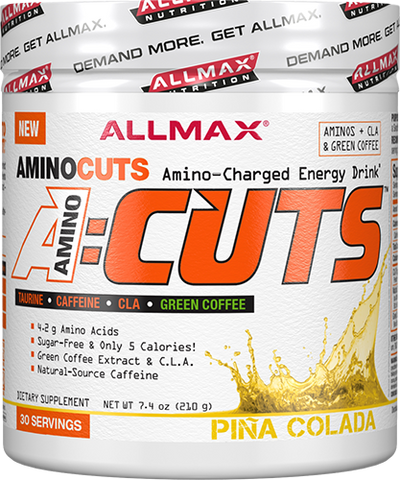Carcinogenic compounds include not just artificial chemicals (such as persistent organic pollutants (POPs)) in the form of organochlorine pesticides and other such chemicals), but ancient, and even naturally-occurring, including polycyclic aromatic hydrocarbons (PAH), heterocyclic amines (HCAs), fungal toxins (such as aflatoxin), and even excess levels of the sex hormones estrogen and testosterone.
• The body makes use of intricate detoxification pathways to process xenobiotic and naturally occurring toxins. One of the most important such pathways is glucuronidation, in which UGT enzymes neutralize carcinogens by binding them to a molecule of glucuronic acid.
• Glucuronidation renders potential carcinogens less hazardous to the cells of the body. It also makes many such chemicals easier for the body to excrete through the urine or the bile.
• The vital neutralization of toxins by glucuronidation can be undone by an enzyme known as beta glucuronidase. This enzyme frees up the original carcinogen from its glucuronic acid "handcuffs." Beta-glucuronidase is present in the body's cells and is also produced by some fecal bacteria. The activity of beta-glucuronidase increases with age.
• Impaired glucuronidation has been linked to susceptibility in diseases in humans and in other species. Human research reveals links between toxic environments, glucuronidation, and beta-glucuronidase; and also between glucuronidation, beta-glucuronidase activity and other diseases.
D-Glucarate is a substance made in small amounts by the body, and also found in some foods - most notably oranges and cruciferous vegetables.
• D-Glucarate reduces the activity of the killer beta-glucuronidase enzyme in tissues all over the body, including key organs like the liver, spleen, breast, lung, and prostate resulting in higher net glucuronidation activity. This boost to your body's glucuronidation capacity helps to ensure that those pollutants and toxins that have been neutralized by UGTs will stay neutralized, and be safely passed out through the urine or the bile.
As you'd expect from a nutrient that is used up in the detoxification process, people exposed to a toxic environment have abnormal levels of D-Glucarate in their tissues and biological fluids.
Suggested Use
|
Supplement Facts
Serving Size: 1 Capsule Amount Per Serving
D-Glucarate 150mg
Milk Thistle Dry Extract 175mg
*Dietary Reference Intake not established.
Other ingredients: microcrystalline cellulose. Capsule: hypromellose, water.
|
| |
Ingredients and Nutritional Information
|
AOR guarantees that no ingredients not listed on the label have been added to the product. Contains no wheat, gluten, corn, nuts, dairy, soy, eggs, fish or shellfish.
Suggested Use
Take one to two capsules daily, or as directed by a qualified health care practitioner.
Main Applications
As reported by literature:
• Support normal cell growth.
• Supports natural cell defense.
• Detoxification.
Source
Synthesis from glucose.
Pregnancy / Nursing
No studies have been conducted. Best to avoid.
Cautions
None known.
*These statements have not been evaluated by the Food and Drug Administration. This product is not intended to diagnose, treat, cure, or prevent any disease.
|




